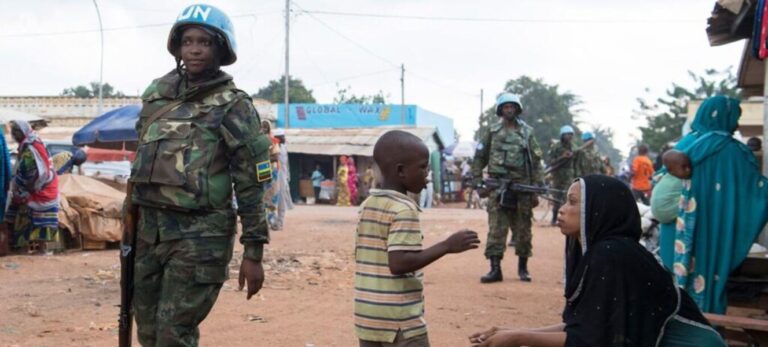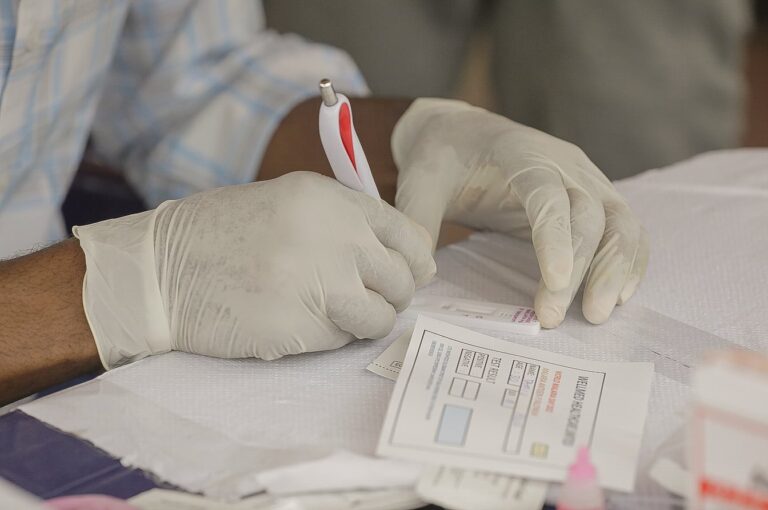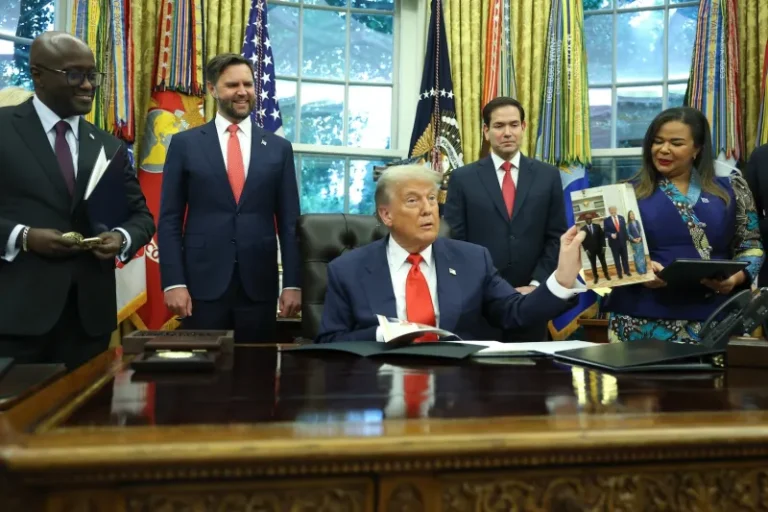
Mali has come under renewed threat as a wave of coordinated terrorist attacks swept through military positions across several regions, underlining the country’s deteriorating security landscape since Colonel Assimi Goïta assumed power.
At least seven simultaneous assaults were reported against the Malian Armed Forces (FAMa) in the towns of Niono, Modolo, Sandaré, Nioro du Sahel, Diboli, Gogui, and Kayes—spanning the Ségou, Nioro du Sahel, and Kayes regions.
The General Staff of the Armed Forces confirmed the offensives via its official Facebook page, though it has yet to disclose information on casualties or material losses.
According to a statement from the Directorate of Information and Public Relations of the Armed Forces (DIRPA) issued on Tuesday, July 1, 2025, the attacks were highly targeted and coordinated.
While full details remain scarce, the military said the situation was “being monitored very closely” and further updates would follow.
Since taking power in May 2021 after a second coup, Colonel Goïta has pledged to restore order and sovereignty in Mali.
However, attacks against the military have intensified, particularly in central and northern areas where extremist groups remain deeply entrenched.
Despite breaking ties with France and aligning with new partners like Russia, security conditions have shown little improvement.
The past month alone witnessed a surge in violence. In June 2025, armed groups launched deadly offensives in Mahou (Sikasso region), Tessit (Gao region), and Timbuktu. Notably, military installations such as Fort Cheick Sidi Békaye and the Timbuktu airport were targeted—highlighting the insurgents’ operational capacity.
The Group for the Support of Islam and Muslims (GSIM), aligned with Al-Qaeda and led by Iyad Ag Ghali, continues to claim responsibility for several of the attacks.
On June 1, GSIM said it was behind the assault on the Boulkessi camp in the Douentza region, underscoring the persistent threat posed by jihadist factions across Mali.
Although the army has conducted numerous “combing” operations—some in collaboration with Wagner Group mercenaries—progress remains limited.
Militants often withdraw strategically and strike elsewhere, benefiting from local support and intimate knowledge of the terrain.
Since 2021, the toll on Malian forces has been severe, with hundreds—if not thousands—of soldiers reportedly killed, though official figures are seldom made public.
Analysts have pointed to weaknesses in coordination and logistics, hampering the army’s ability to respond effectively to complex, multi-site attacks.
The civilian population continues to suffer as well. The state’s retreat from volatile regions has left many communities vulnerable to extortion, violence, and forced displacement. While Colonel Goïta had promised a return to peace and sovereignty, many feel the opposite has occurred.
With elections repeatedly delayed and confidence in transitional leadership waning, both national and international observers are questioning the current government’s legitimacy.
The onset of the rainy season—typically a lull in military activity—has also raised concerns that armed groups may use this period to regroup and plan further offensives.
Despite repeated calls to rebuild national unity and defense capability, the Malian public is still waiting for tangible improvements—particularly when it comes to restoring basic security.



